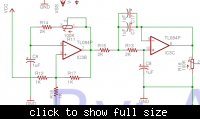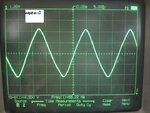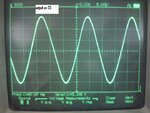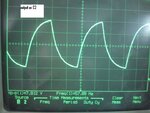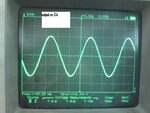eng.mserry
Newbie level 6
-I am designing a solar cell inverter and have a problem with the design of “Bubba oscillator” to get a sine wave to make the plus width modulation (analogue method)
- I am usig IC LM348 and a 100 nf Ceramic Capacitors and the value of resistors as shown …. I can’t get the sine wave output on any of the terminal of the the 4 capacitors ….i don’t know where is the problem …. Also I connect the circuit as shown on the figure …and tested the IC
- I don’t know where is the problem in the design …… plz help me to solve this problem
--------------------------------
-P.S | the triangle wave generator works good and I get 40 khz ,5.5 volt peak – to peak


- I am usig IC LM348 and a 100 nf Ceramic Capacitors and the value of resistors as shown …. I can’t get the sine wave output on any of the terminal of the the 4 capacitors ….i don’t know where is the problem …. Also I connect the circuit as shown on the figure …and tested the IC
- I don’t know where is the problem in the design …… plz help me to solve this problem
--------------------------------
-P.S | the triangle wave generator works good and I get 40 khz ,5.5 volt peak – to peak


